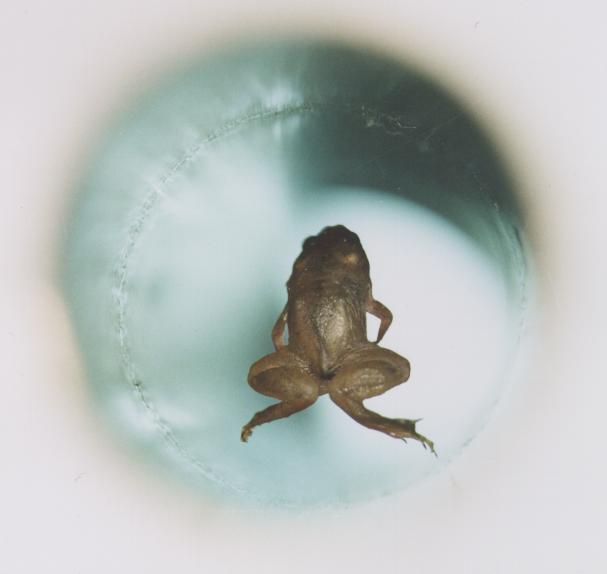
On Aug. 6, 2012, a new rover will touch down on Mars — bigger, badder and bristling with more gear than a spelunker convention. Although rocking the same suspension system and basic design, Curiosity, aka the “monster truck of science,” is so much heftier than its predecessors that NASA and JPL had to invent an entirely new way to land it: one part HALO jump, one part rocket-hovering sky crane. Its mission: investigate if the right conditions exist, or ever have, to support microbial life.



